The recent market collapse has affected all aspects of cryptocurrency, and non-fungible tokens are no exception. The floor price of the majority of NFT collections has decreased by almost 80% during the past few months. Many investors are confused. What if all the hype surrounding NFTs was just a fad based on pure speculation? Worse, several industry reports say that wash trading was a big reason why the NFT sector grew so quickly the year before.
Even so, musicians are coming up with new and interesting ways to use non-fungible tokens. Let's look at three of these: revenue rights sharing, digital tickets and VIP access, and charity NFTs.
Sharing Revenues
When an investor buys an artist's NFT, they may also get the rights to the income generated from their music. This is the concept that can be implemented by tokenizing revenue rights. This business model greatly benefits independent artists. They can receive money in advance to cover production and marketing expenditures while keeping ownership of their work. Users are contributing money to musicians they believe have a chance of success, hoping to partake in their success.
Announced in May, Alan Walker’s 'Unity' campaign became a breakthrough in the music industry, raising $25,000 in just a few days. Walker's song is forecast to reach its declared streaming goal years earlier than expected. The success led to the start of a second, even bigger campaign for DJ's latest Origins EP. To expand on this crowdfunding Crowdfunding Crowdfunding is defined as funding of a project via raising smaller denominations of money across a large body of number of people.New businesses that need access to more capital may also conduct crowdfunding. Generally, crowdfunding is performed through an online community, social media, or crowdfunding websites such as Kickstarter, GoFundMe, and RocketHub. Depending upon which jurisdiction an investor resides within will dictate the sort of restrictions that are applied to the crowdfunding process. This determines how much can be invested or which new business may receive the contributions. These restrictions are established to help shield investors from the high risk of losing their investment.Like any other investment, there is a risk of new businesses failing and are similar to those used in hedge fund trading. Why Crowdfunding is Becoming More PopularOne form of crowdfunding that’s becoming more popular would be equity-based crowdfunding, where new businesses can raise capital without losing control to venture capital investors. Crowdfunding has gradually become much more popular and mainstream over the past decade. Private businesses receive much larger amounts of liquidity that is generated by having several or tens of thousands of investors. More shareholders generally correlate to a larger market which in turn creates more liquidity which is what investors seek out when considering equity-based crowdfunding.Both entrepreneurs and investors can significantly benefit from crowdfunding while regulations are continuing to place an increasing role in protecting investor capital.The Securities and Exchange Commission (SEC) is the entity responsible for regulating equity-based crowdfunding in the United States although crowdfunding did not pick up traction until 2011 after President Obama signed the JOBS Act. Crowdfunding is defined as funding of a project via raising smaller denominations of money across a large body of number of people.New businesses that need access to more capital may also conduct crowdfunding. Generally, crowdfunding is performed through an online community, social media, or crowdfunding websites such as Kickstarter, GoFundMe, and RocketHub. Depending upon which jurisdiction an investor resides within will dictate the sort of restrictions that are applied to the crowdfunding process. This determines how much can be invested or which new business may receive the contributions. These restrictions are established to help shield investors from the high risk of losing their investment.Like any other investment, there is a risk of new businesses failing and are similar to those used in hedge fund trading. Why Crowdfunding is Becoming More PopularOne form of crowdfunding that’s becoming more popular would be equity-based crowdfunding, where new businesses can raise capital without losing control to venture capital investors. Crowdfunding has gradually become much more popular and mainstream over the past decade. Private businesses receive much larger amounts of liquidity that is generated by having several or tens of thousands of investors. More shareholders generally correlate to a larger market which in turn creates more liquidity which is what investors seek out when considering equity-based crowdfunding.Both entrepreneurs and investors can significantly benefit from crowdfunding while regulations are continuing to place an increasing role in protecting investor capital.The Securities and Exchange Commission (SEC) is the entity responsible for regulating equity-based crowdfunding in the United States although crowdfunding did not pick up traction until 2011 after President Obama signed the JOBS Act. Read this Term model, musicians can use 'fan missions'. The idea is that users will be able to get rewards for completing different tasks. For example, they could share songs on their social media or fund multiple campaigns by the same artist.
To summarize, sharing revenue rights will give investors a reason to keep their assets and wait because the value of the rights will increase as the artist's popularity grows.
Fan Clubs and Tokenized Tickets
Using NFTs as digital tickets or passes that provide their users with special privileges is another idea that is picking up steam. The
partnership between FTX and Coachella, which led to the production of the Coachella Collectibles collection, is a notable illustration of this. The Swedish Way Out West (WOW) Festival is also working on its NFT collection, which will include captured moments from festival attendees.
A number of musical groups have used NFT collections to give their fans VIP access. Avenged Sevenfold was one of the first bands to implement this concept, releasing their Deathbats Club NFT collection. The band has also provided owners with IP rights to their own Deathbats and continues to offer opportunities, such as incorporating three Deathbats into Iron Maiden's 'Legacy of the Beast' mobile game. Another outstanding example is deadmau5's HEAD5 Collection. Those who have already purchased official deadmau5 NFTs were given the option to start minting additional fan club NFTs ahead of time. The blockchain makes it possible for artists to thank their most loyal fans.
So, when people buy tickets to exclusive events or join fan clubs, they are more likely to be interested in the benefits of digital passes than in selling them.
Tokens for Charitable Causes
Finally, NFTs can be utilized for charitable purposes. Grimes, a Canadian singer-producer, released the WarNymph Collection in 2021 to battle climate change. A portion of the money from the initial sale, which brought in more than $6 million, was given to Carbon180, a non-profit organization that works to reduce carbon emissions and fight climate change. This trend is not limited to the music business, as comparable charitable projects can be seen in a variety of industries. UNICEF initiated an NFT collection last year to gather donations for school connectivity Connectivity Connectivity is defined as a term used for connecting devices to each other. In most cases, this refers to computer networking and more specifically includes bridges, routers, switches, gateways, and service as well as local networks. Connectivity can refer to simple forms, such as connecting a home or office to the internet or even connecting a digital camera to a computer or printer. Connectivity in FinanceConnectivity has taken on new meaning with the growth of fintech and Big Data collection. Today, financial institutions are often completely dependent on technology and data. This is more important than ever to improve, make transfers, lend, invest, and receive payments. Digital and mobile banking services also increase the level of customer convenience and accessibility. Blockchain assists with transactions, artificial intelligence helps with making smart investments, and multifactor authentication protects sensitive financial data. A blockchain is a form of connectivity, while connectivity is key to fintech disruption. Financial businesses need lightning-fast, low-latency, and secure networks to meet the challenges of fintech. A well-designed fiber-optic network offers exceptional connectivity. The superior connectivity provided by an enterprise-level fiber-optic network improves customer satisfaction, bolsters a financial organization’s reputation, and enables digital transformation through fintech. Today, connectivity providers are adapting financial markets by accelerating speedy networks such as 5G and alternatives. Connectivity also bridges brokers with liquidity providers to get fast trade execution. In this scenario, brokers can source liquidity from a single or multiple source, thereby delivering to their clients enough market depth for their orders to get filled. The main characteristic of liquidity is its depth, which will determine how quickly and how big of an order can be executed via the trading platform. Connectivity is defined as a term used for connecting devices to each other. In most cases, this refers to computer networking and more specifically includes bridges, routers, switches, gateways, and service as well as local networks. Connectivity can refer to simple forms, such as connecting a home or office to the internet or even connecting a digital camera to a computer or printer. Connectivity in FinanceConnectivity has taken on new meaning with the growth of fintech and Big Data collection. Today, financial institutions are often completely dependent on technology and data. This is more important than ever to improve, make transfers, lend, invest, and receive payments. Digital and mobile banking services also increase the level of customer convenience and accessibility. Blockchain assists with transactions, artificial intelligence helps with making smart investments, and multifactor authentication protects sensitive financial data. A blockchain is a form of connectivity, while connectivity is key to fintech disruption. Financial businesses need lightning-fast, low-latency, and secure networks to meet the challenges of fintech. A well-designed fiber-optic network offers exceptional connectivity. The superior connectivity provided by an enterprise-level fiber-optic network improves customer satisfaction, bolsters a financial organization’s reputation, and enables digital transformation through fintech. Today, connectivity providers are adapting financial markets by accelerating speedy networks such as 5G and alternatives. Connectivity also bridges brokers with liquidity providers to get fast trade execution. In this scenario, brokers can source liquidity from a single or multiple source, thereby delivering to their clients enough market depth for their orders to get filled. The main characteristic of liquidity is its depth, which will determine how quickly and how big of an order can be executed via the trading platform. Read this Term.
According to this logic, if investors invest in tokens to reduce carbon emissions, they are unlikely to use them to gamble, as transactions also cause pollution.
The Age of Speculation Will End
Changing how people think about NFTs is a long-term process. Over time, NFTs will no longer be seen as 'overpriced JPGs'. The fact that these three use cases exist shows that the NFT industry is slowly moving from speculation into the realm of utility.
The recent market collapse has affected all aspects of cryptocurrency, and non-fungible tokens are no exception. The floor price of the majority of NFT collections has decreased by almost 80% during the past few months. Many investors are confused. What if all the hype surrounding NFTs was just a fad based on pure speculation? Worse, several industry reports say that wash trading was a big reason why the NFT sector grew so quickly the year before.
Even so, musicians are coming up with new and interesting ways to use non-fungible tokens. Let's look at three of these: revenue rights sharing, digital tickets and VIP access, and charity NFTs.
Sharing Revenues
When an investor buys an artist's NFT, they may also get the rights to the income generated from their music. This is the concept that can be implemented by tokenizing revenue rights. This business model greatly benefits independent artists. They can receive money in advance to cover production and marketing expenditures while keeping ownership of their work. Users are contributing money to musicians they believe have a chance of success, hoping to partake in their success.
Announced in May, Alan Walker’s 'Unity' campaign became a breakthrough in the music industry, raising $25,000 in just a few days. Walker's song is forecast to reach its declared streaming goal years earlier than expected. The success led to the start of a second, even bigger campaign for DJ's latest Origins EP. To expand on this crowdfunding Crowdfunding Crowdfunding is defined as funding of a project via raising smaller denominations of money across a large body of number of people.New businesses that need access to more capital may also conduct crowdfunding. Generally, crowdfunding is performed through an online community, social media, or crowdfunding websites such as Kickstarter, GoFundMe, and RocketHub. Depending upon which jurisdiction an investor resides within will dictate the sort of restrictions that are applied to the crowdfunding process. This determines how much can be invested or which new business may receive the contributions. These restrictions are established to help shield investors from the high risk of losing their investment.Like any other investment, there is a risk of new businesses failing and are similar to those used in hedge fund trading. Why Crowdfunding is Becoming More PopularOne form of crowdfunding that’s becoming more popular would be equity-based crowdfunding, where new businesses can raise capital without losing control to venture capital investors. Crowdfunding has gradually become much more popular and mainstream over the past decade. Private businesses receive much larger amounts of liquidity that is generated by having several or tens of thousands of investors. More shareholders generally correlate to a larger market which in turn creates more liquidity which is what investors seek out when considering equity-based crowdfunding.Both entrepreneurs and investors can significantly benefit from crowdfunding while regulations are continuing to place an increasing role in protecting investor capital.The Securities and Exchange Commission (SEC) is the entity responsible for regulating equity-based crowdfunding in the United States although crowdfunding did not pick up traction until 2011 after President Obama signed the JOBS Act. Crowdfunding is defined as funding of a project via raising smaller denominations of money across a large body of number of people.New businesses that need access to more capital may also conduct crowdfunding. Generally, crowdfunding is performed through an online community, social media, or crowdfunding websites such as Kickstarter, GoFundMe, and RocketHub. Depending upon which jurisdiction an investor resides within will dictate the sort of restrictions that are applied to the crowdfunding process. This determines how much can be invested or which new business may receive the contributions. These restrictions are established to help shield investors from the high risk of losing their investment.Like any other investment, there is a risk of new businesses failing and are similar to those used in hedge fund trading. Why Crowdfunding is Becoming More PopularOne form of crowdfunding that’s becoming more popular would be equity-based crowdfunding, where new businesses can raise capital without losing control to venture capital investors. Crowdfunding has gradually become much more popular and mainstream over the past decade. Private businesses receive much larger amounts of liquidity that is generated by having several or tens of thousands of investors. More shareholders generally correlate to a larger market which in turn creates more liquidity which is what investors seek out when considering equity-based crowdfunding.Both entrepreneurs and investors can significantly benefit from crowdfunding while regulations are continuing to place an increasing role in protecting investor capital.The Securities and Exchange Commission (SEC) is the entity responsible for regulating equity-based crowdfunding in the United States although crowdfunding did not pick up traction until 2011 after President Obama signed the JOBS Act. Read this Term model, musicians can use 'fan missions'. The idea is that users will be able to get rewards for completing different tasks. For example, they could share songs on their social media or fund multiple campaigns by the same artist.
To summarize, sharing revenue rights will give investors a reason to keep their assets and wait because the value of the rights will increase as the artist's popularity grows.
Fan Clubs and Tokenized Tickets
Using NFTs as digital tickets or passes that provide their users with special privileges is another idea that is picking up steam. The
partnership between FTX and Coachella, which led to the production of the Coachella Collectibles collection, is a notable illustration of this. The Swedish Way Out West (WOW) Festival is also working on its NFT collection, which will include captured moments from festival attendees.
A number of musical groups have used NFT collections to give their fans VIP access. Avenged Sevenfold was one of the first bands to implement this concept, releasing their Deathbats Club NFT collection. The band has also provided owners with IP rights to their own Deathbats and continues to offer opportunities, such as incorporating three Deathbats into Iron Maiden's 'Legacy of the Beast' mobile game. Another outstanding example is deadmau5's HEAD5 Collection. Those who have already purchased official deadmau5 NFTs were given the option to start minting additional fan club NFTs ahead of time. The blockchain makes it possible for artists to thank their most loyal fans.
So, when people buy tickets to exclusive events or join fan clubs, they are more likely to be interested in the benefits of digital passes than in selling them.
Tokens for Charitable Causes
Finally, NFTs can be utilized for charitable purposes. Grimes, a Canadian singer-producer, released the WarNymph Collection in 2021 to battle climate change. A portion of the money from the initial sale, which brought in more than $6 million, was given to Carbon180, a non-profit organization that works to reduce carbon emissions and fight climate change. This trend is not limited to the music business, as comparable charitable projects can be seen in a variety of industries. UNICEF initiated an NFT collection last year to gather donations for school connectivity Connectivity Connectivity is defined as a term used for connecting devices to each other. In most cases, this refers to computer networking and more specifically includes bridges, routers, switches, gateways, and service as well as local networks. Connectivity can refer to simple forms, such as connecting a home or office to the internet or even connecting a digital camera to a computer or printer. Connectivity in FinanceConnectivity has taken on new meaning with the growth of fintech and Big Data collection. Today, financial institutions are often completely dependent on technology and data. This is more important than ever to improve, make transfers, lend, invest, and receive payments. Digital and mobile banking services also increase the level of customer convenience and accessibility. Blockchain assists with transactions, artificial intelligence helps with making smart investments, and multifactor authentication protects sensitive financial data. A blockchain is a form of connectivity, while connectivity is key to fintech disruption. Financial businesses need lightning-fast, low-latency, and secure networks to meet the challenges of fintech. A well-designed fiber-optic network offers exceptional connectivity. The superior connectivity provided by an enterprise-level fiber-optic network improves customer satisfaction, bolsters a financial organization’s reputation, and enables digital transformation through fintech. Today, connectivity providers are adapting financial markets by accelerating speedy networks such as 5G and alternatives. Connectivity also bridges brokers with liquidity providers to get fast trade execution. In this scenario, brokers can source liquidity from a single or multiple source, thereby delivering to their clients enough market depth for their orders to get filled. The main characteristic of liquidity is its depth, which will determine how quickly and how big of an order can be executed via the trading platform. Connectivity is defined as a term used for connecting devices to each other. In most cases, this refers to computer networking and more specifically includes bridges, routers, switches, gateways, and service as well as local networks. Connectivity can refer to simple forms, such as connecting a home or office to the internet or even connecting a digital camera to a computer or printer. Connectivity in FinanceConnectivity has taken on new meaning with the growth of fintech and Big Data collection. Today, financial institutions are often completely dependent on technology and data. This is more important than ever to improve, make transfers, lend, invest, and receive payments. Digital and mobile banking services also increase the level of customer convenience and accessibility. Blockchain assists with transactions, artificial intelligence helps with making smart investments, and multifactor authentication protects sensitive financial data. A blockchain is a form of connectivity, while connectivity is key to fintech disruption. Financial businesses need lightning-fast, low-latency, and secure networks to meet the challenges of fintech. A well-designed fiber-optic network offers exceptional connectivity. The superior connectivity provided by an enterprise-level fiber-optic network improves customer satisfaction, bolsters a financial organization’s reputation, and enables digital transformation through fintech. Today, connectivity providers are adapting financial markets by accelerating speedy networks such as 5G and alternatives. Connectivity also bridges brokers with liquidity providers to get fast trade execution. In this scenario, brokers can source liquidity from a single or multiple source, thereby delivering to their clients enough market depth for their orders to get filled. The main characteristic of liquidity is its depth, which will determine how quickly and how big of an order can be executed via the trading platform. Read this Term.
According to this logic, if investors invest in tokens to reduce carbon emissions, they are unlikely to use them to gamble, as transactions also cause pollution.
The Age of Speculation Will End
Changing how people think about NFTs is a long-term process. Over time, NFTs will no longer be seen as 'overpriced JPGs'. The fact that these three use cases exist shows that the NFT industry is slowly moving from speculation into the realm of utility.

You can get bonuses upto $100 FREE BONUS when you:
💰 Install these recommended apps:
💲 SocialGood - 100% Crypto Back on Everyday Shopping
💲 xPortal - The DeFi For The Next Billion
💲 CryptoTab Browser - Lightweight, fast, and ready to mine!
💰 Register on these recommended exchanges:
🟡 Binance🟡 Bitfinex🟡 Bitmart🟡 Bittrex🟡 Bitget
🟡 CoinEx🟡 Crypto.com🟡 Gate.io🟡 Huobi🟡 Kucoin.






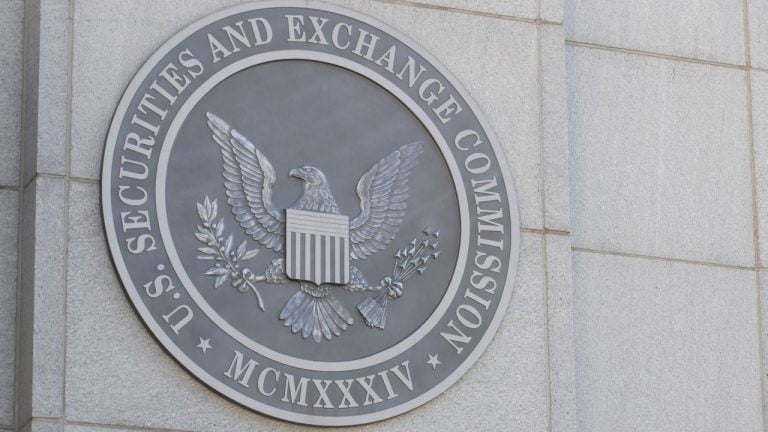



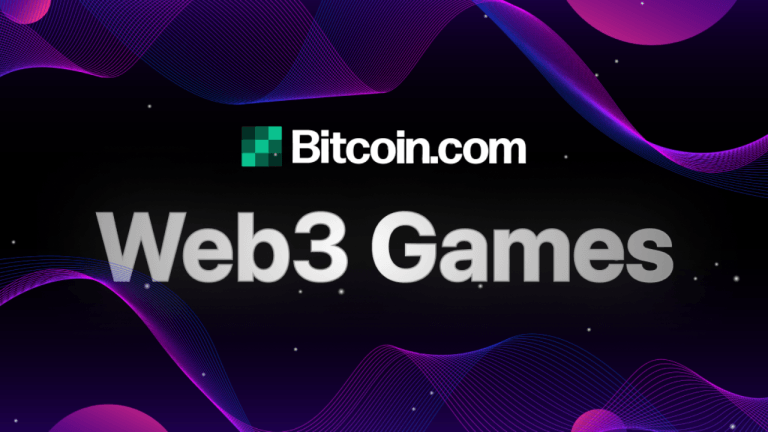


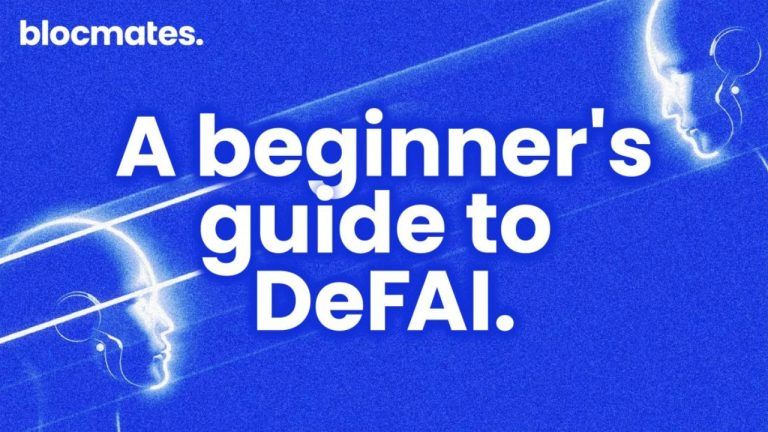

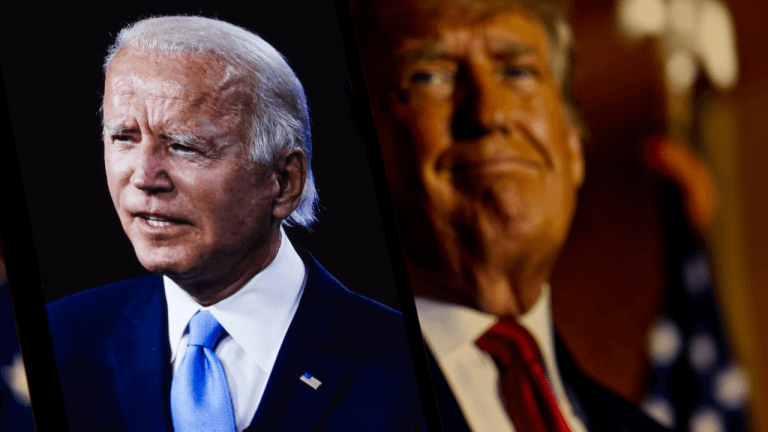


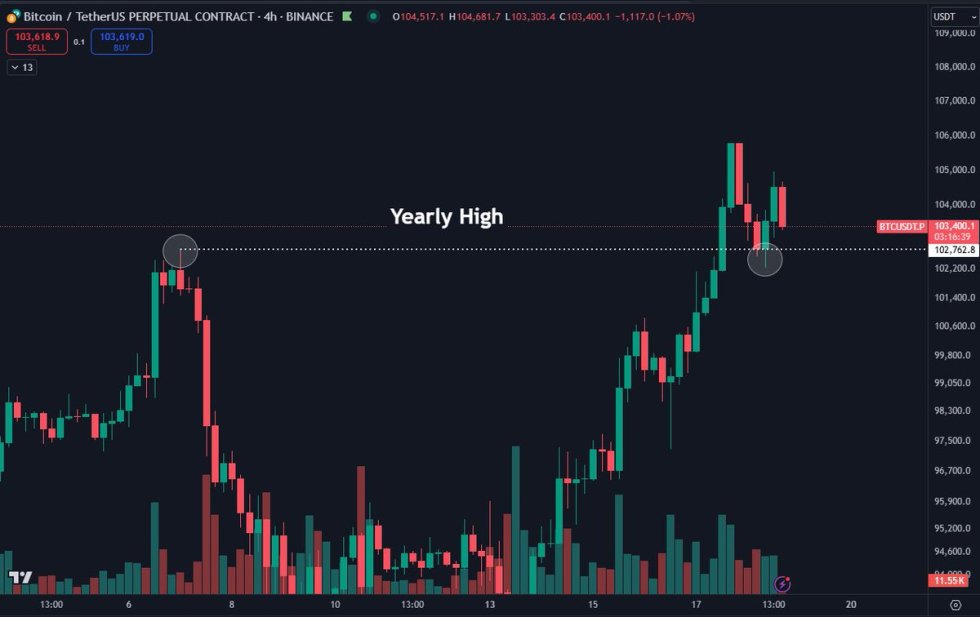

Comments